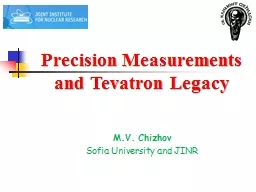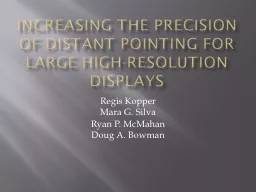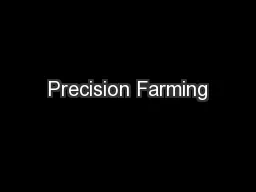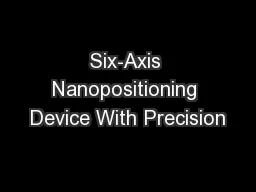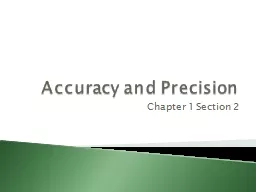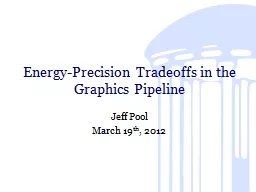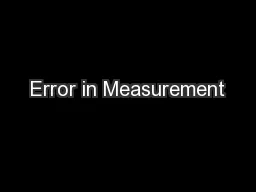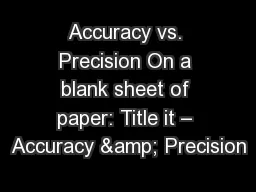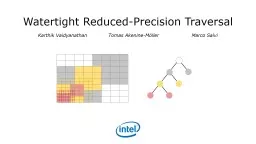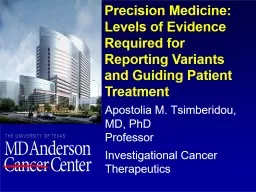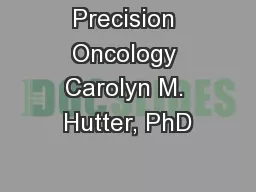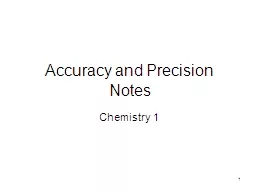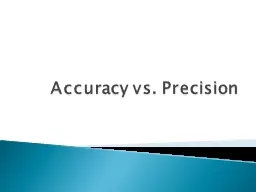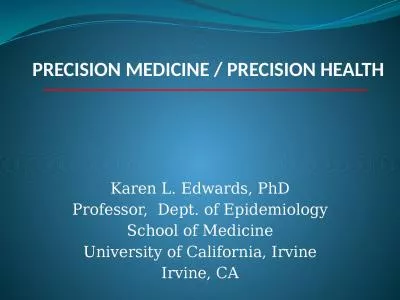PPT-Precision Measurements
Author : danika-pritchard | Published Date : 2017-08-28
after the Higgs Discovery MV Chizhov Sofia University Bulgaria and JINR Russia 09062014 2 Why do we need the Higgs boson S ½ S 1 S 0 09062014 Harmonic Oscillator
Presentation Embed Code
Download Presentation
Download Presentation The PPT/PDF document "Precision Measurements" is the property of its rightful owner. Permission is granted to download and print the materials on this website for personal, non-commercial use only, and to display it on your personal computer provided you do not modify the materials and that you retain all copyright notices contained in the materials. By downloading content from our website, you accept the terms of this agreement.
Precision Measurements: Transcript
Download Rules Of Document
"Precision Measurements"The content belongs to its owner. You may download and print it for personal use, without modification, and keep all copyright notices. By downloading, you agree to these terms.
Related Documents

